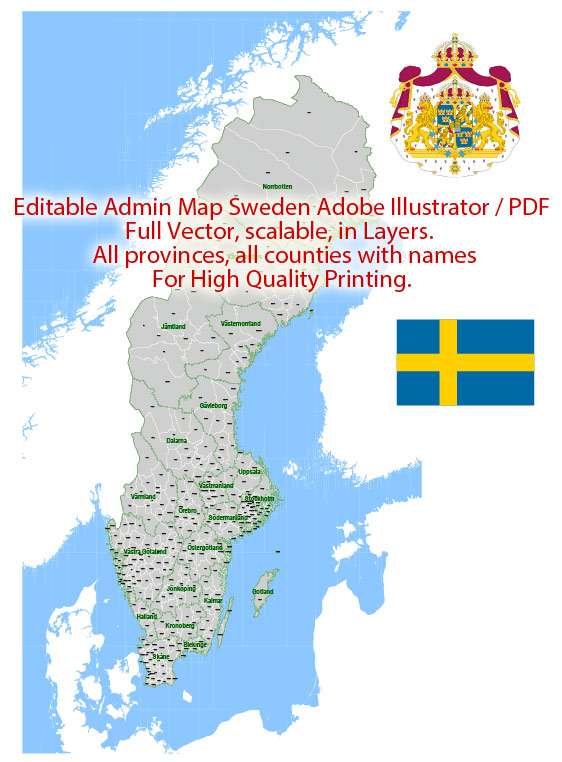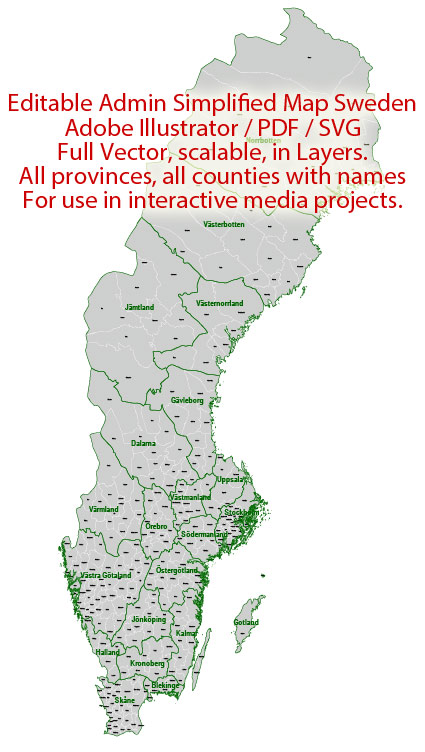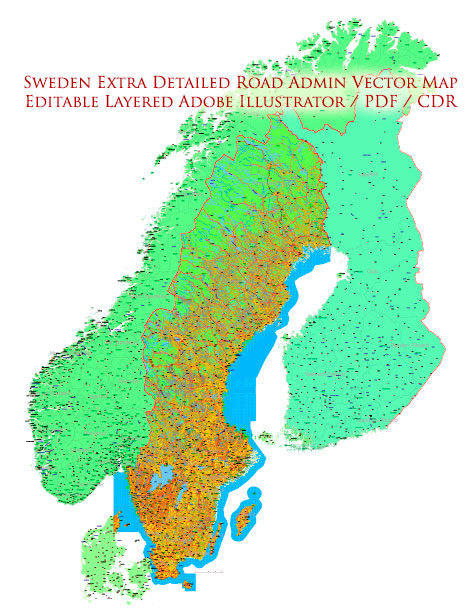Sweden has a diverse agricultural sector that plays a significant role in the country’s economy and food production. Here is an overview of agriculture in Sweden:
- Agricultural Land: Approximately 7% of Sweden’s total land area is used for agriculture. The country has a total land area of about 41 million hectares, with approximately 3 million hectares used for farming.
- Crop Production: Sweden’s agricultural sector produces a variety of crops, including cereals (such as barley, wheat, and oats), oilseeds (mainly rapeseed), and various vegetables. While the northern climate restricts some types of farming, innovations in crop varieties and technology have allowed for a broader range of crops to be cultivated.
- Livestock Farming: Livestock farming is an important part of Swedish agriculture. Dairy and meat production are significant, with a focus on high-quality, sustainable practices. Sweden is known for its Swedish Red cattle, which are a popular breed for both meat and dairy production. Pigs and poultry are also raised in significant numbers.
- Forestry: Forestry is a major component of Sweden’s agricultural and economic landscape. The country has extensive forests, and the timber industry is highly developed. These forests provide both wood for construction and pulp for the paper and packaging industries.
- Sustainable Practices: Sweden is known for its commitment to sustainable agriculture. There is a strong focus on reducing the environmental impact of farming, and many Swedish farms adhere to sustainable and organic practices. Crop rotation, reduced pesticide use, and precision agriculture techniques are employed to minimize environmental harm.
- Government Support: The Swedish government provides support to the agricultural sector through subsidies, grants, and policies aimed at promoting sustainable farming practices, rural development, and the welfare of farmers. The Common Agricultural Policy (CAP) of the European Union also has an influence on Swedish agriculture.
- Challenges: Sweden’s agriculture faces challenges related to the country’s northern climate, which can limit the growing season and require the use of greenhouses and other technologies. Climate change poses additional challenges, including shifting weather patterns and the need to adapt to new conditions. There are also concerns about land use conflicts and the balance between agriculture, forestry, and environmental preservation.
- Exports: Sweden exports a significant portion of its agricultural products, including dairy, meat, and processed foods. Swedish food products are known for their high quality and safety standards, and there is a growing market for organic and sustainably produced goods.
- Research and Innovation: Sweden has a strong tradition of agricultural research and innovation. The country invests in developing new agricultural technologies and techniques to improve productivity and sustainability.
Overall, agriculture in Sweden is characterized by its commitment to sustainable and environmentally friendly practices, high-quality products, and a mix of crop production, livestock farming, and forestry that adapts to the country’s unique climate and geographical conditions.




 Author: Kirill Shrayber, Ph.D.
Author: Kirill Shrayber, Ph.D.